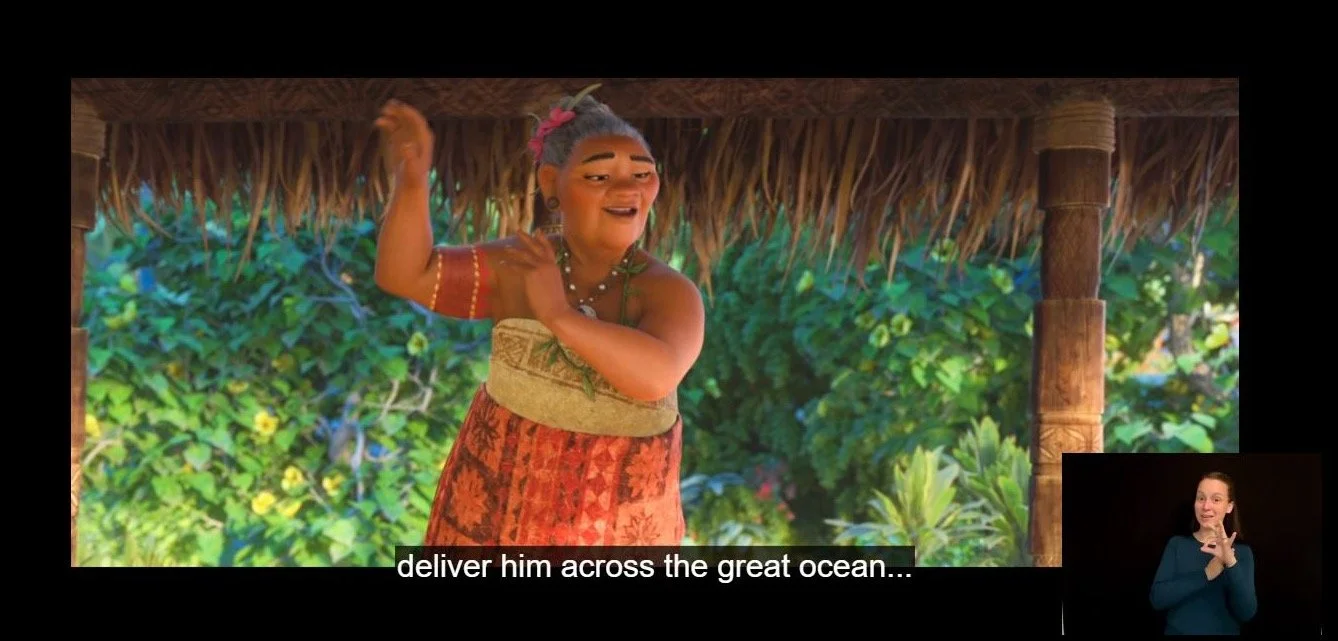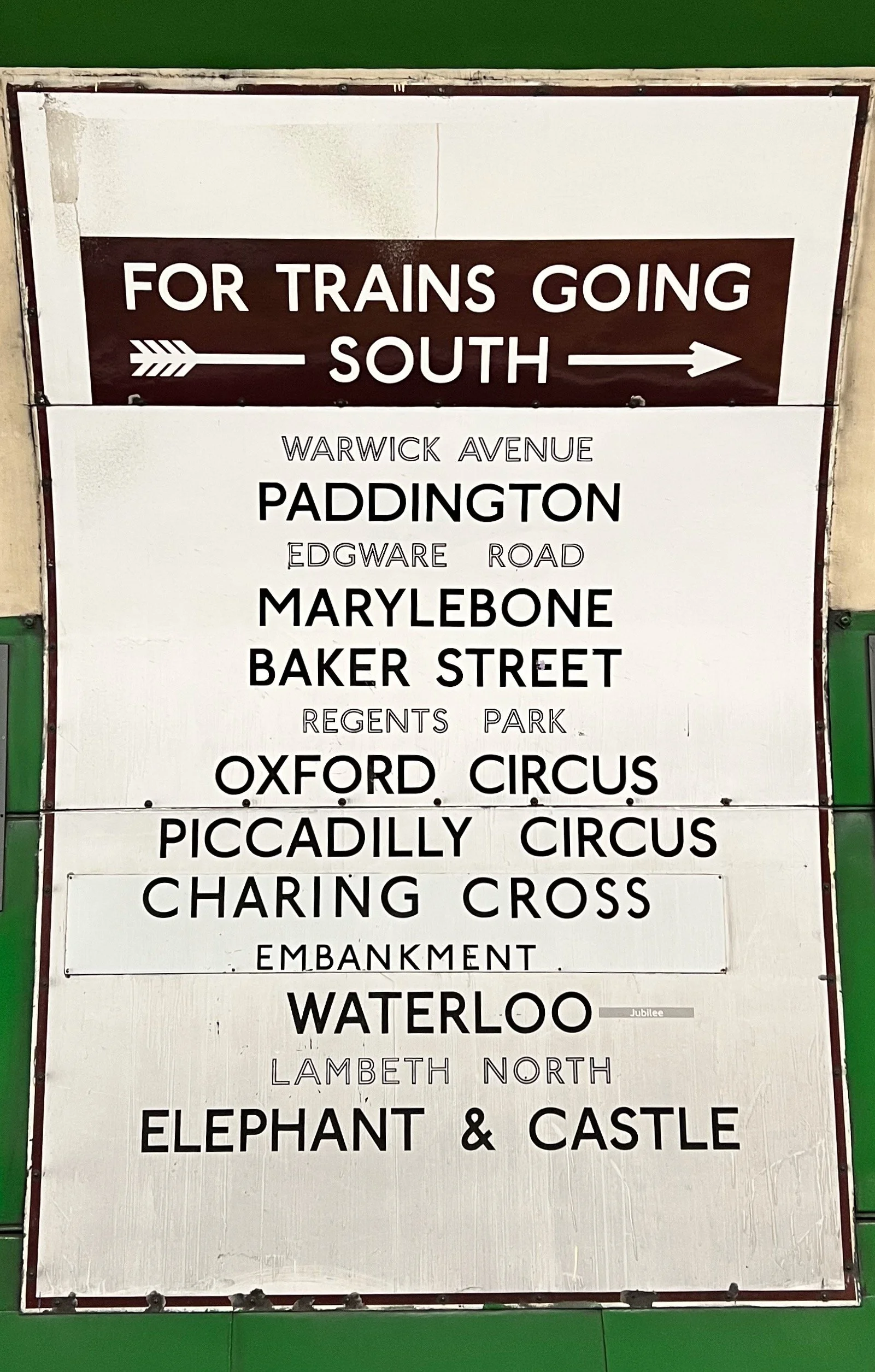#1 :: Introducing… Commercial Bricolage
Welcome to Commercial Bricolage, bi-weekly collections of future design insights and inspirations by Maciver Inc. This is the first edition.
Collected this week:
Gap attunement
On the subject of scaling
The importance of increments
01. Gap attunement
SignUp is a Chrome extension that brings deaf signing - that’s different from subtitles - to movies, developed by Mariella Satow, a 17 year old US-UK schoolgirl. Signing is important for children and young people who can’t yet read subtitles. She found a clear audience in pre-teens. The original iteration started in ASL (American Sign Language) as a pilot for a single Disney movie (Moana). Satow plans to roll her idea out in other international sign languages, and is forming partnerships with Netflix and Disney+.
This is interesting because:
Satow herself isn’t deaf. She was inspired to create her idea upon trying to communicate with a deaf assistant at the supermarket. She then conducted her own research in forums and deaf communities to understand needs and experiences.
The product has a very clear meaning, purpose and value. Her openness allowed Satow to happen upon this gap: a niche group with a real need for a new product.
Satow sought experts. She brought the idea to life by hiring a developer to build the plug-in and an interpreter to record the track.
Above: Screen cap of SignUp for the Disney movie Moana, with ASL interpretation02. On the subject of scaling
The Metropolitan Railway, opened in 1863, connected Farringdon in east London with Paddington in the west. The world’s first underground railway, it is also one of the first examples of corporate identity design. Significant milestones: using graphic posters to position the tube as ‘convenient’ and ‘efficient’ (from 1908); a logo, the Roundel, (1908); commissioning a distinctive utilitarian typeface, Johnston (1916); and a non-geographical representation of the network by Beck (1931). Many firsts.
This is interesting because:
Signage, map, typeface, colours were all designed to help passengers orient their way through the network, across the city. The first example of user-centred design.
The design system has been solid enough to allow 100 years of scaling while retaining its integrity. It has grown and adapted to include new stations, lines, routes, modes of transport, user needs.
Old residue and remnants litter the system, revealing a century of morphing. Here is the platform map at Maida Vale, the inclusion of the new interchange at Waterloo from 2001 still detailed. The most important connecting stations are in the biggest lettering. Still the most important today.
Above: Visual wayfinding on the London Underground network has morphed and scaled as the network has grown03. The importance of increments
Scaling is important in design of products. Like on the Tube, everything builds on what has come before. An evolution of the core purpose, functionality, user needs, size, terminology, aesthetic… Change may be radically new, or gradual versions of the previous: MS Word from typewriters (which in turn came from letterpress); digital cameras from darkroom and film; GPS from cartography. These all took experimentation to perfect, time to reach critical mass. Edison ‘learned’ 10,000 times what didn’t work before arriving at what did, through lab experiments. Trying, failing, learning, trying.
This is interesting because:
Successful new products have real purpose, and that means they find strong markets. Learning through incremental research, as Satow did, underpins success, because it gets to the heart of the matter.
Change, doing things in different ways, is often feared. Some people would prefer to be stuck in traffic jams than learn how to use an app to find a route out. Instigating change is a gradual process; understanding the reasons behind behaviour then allowing onboarding to new ideas.
Then, the most important thing becomes access. To allow different groups to adopt new technologies, evolution needs to happen gradually.
Above: Edison learned through extensive lab experiments to find the first operational lightbulb



